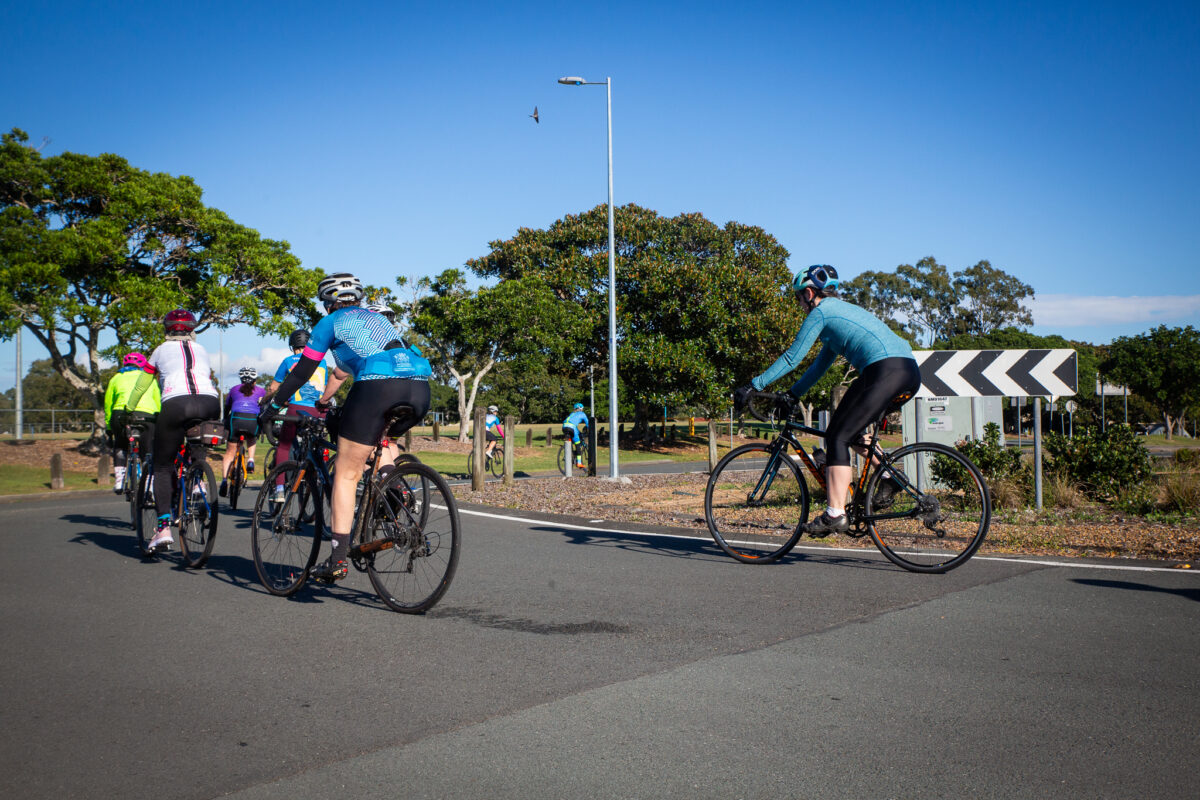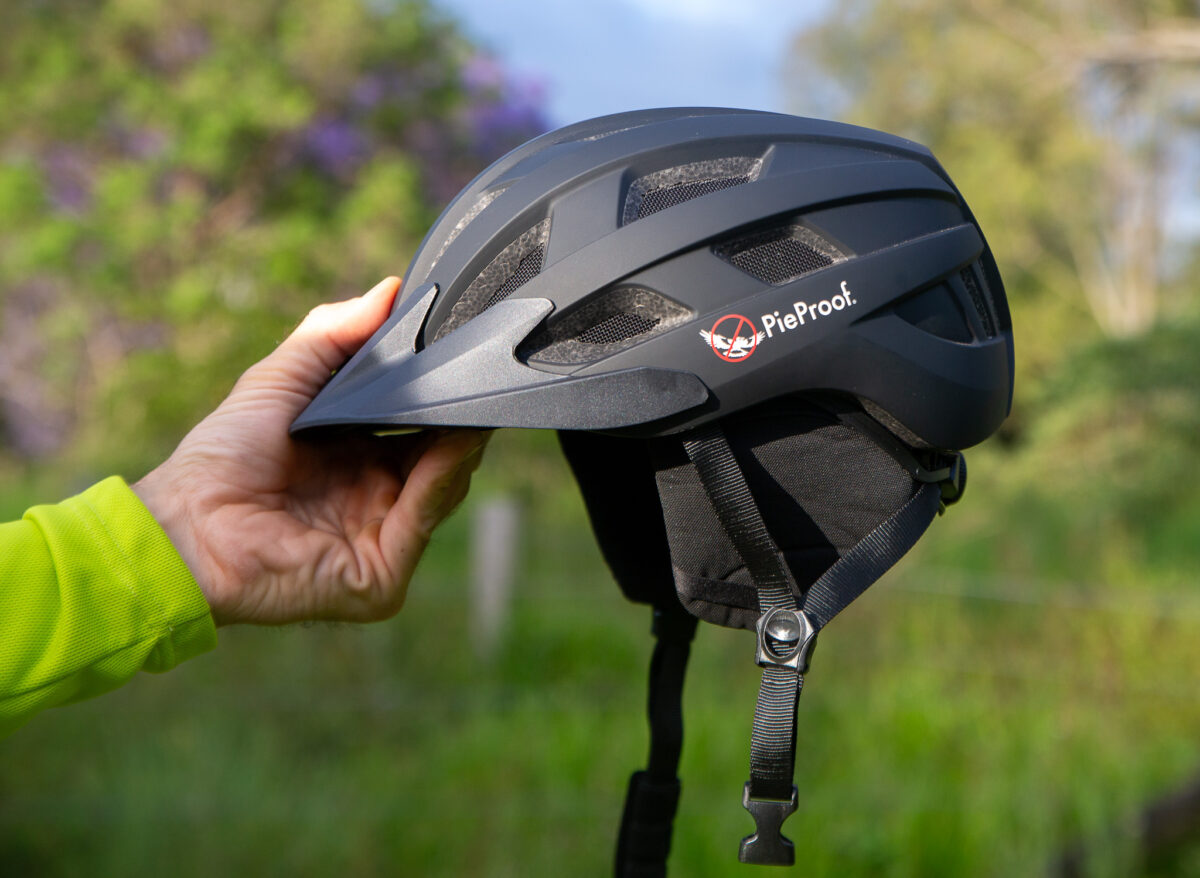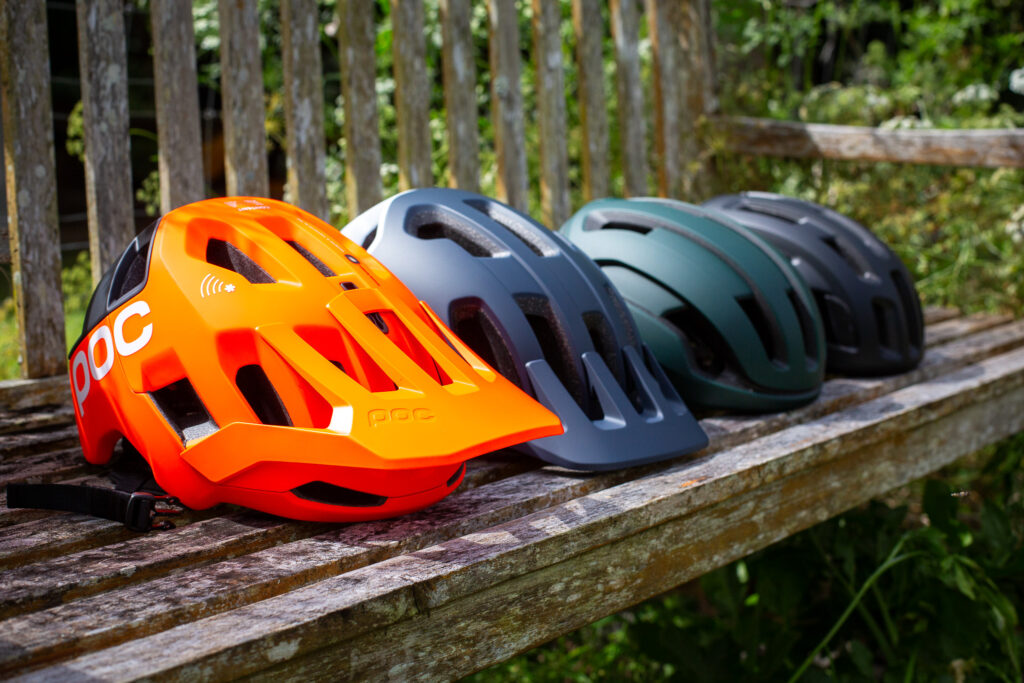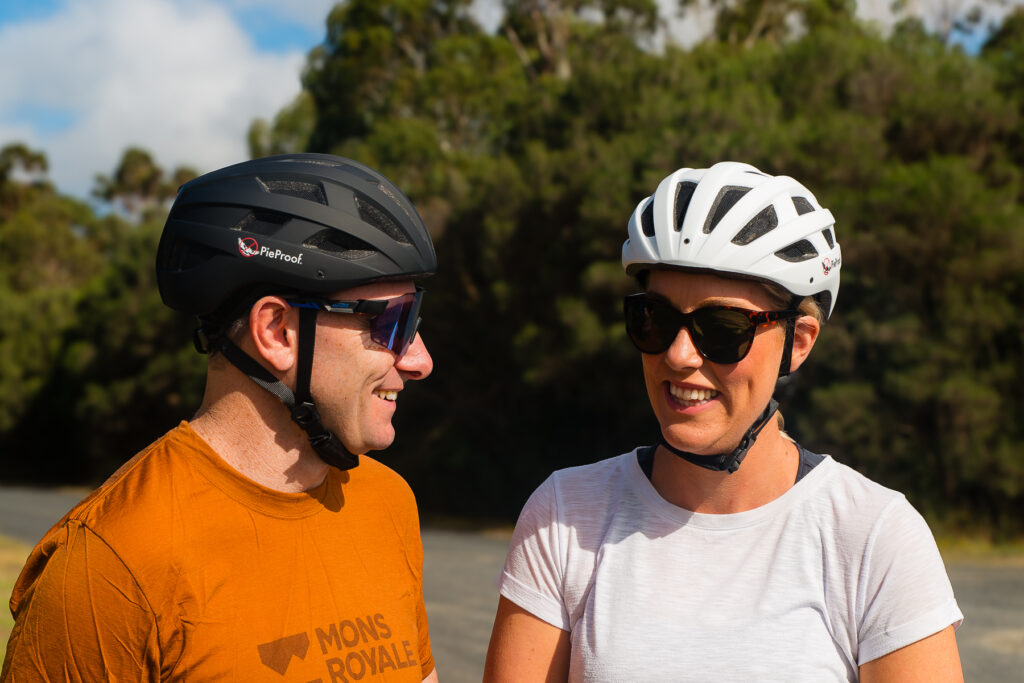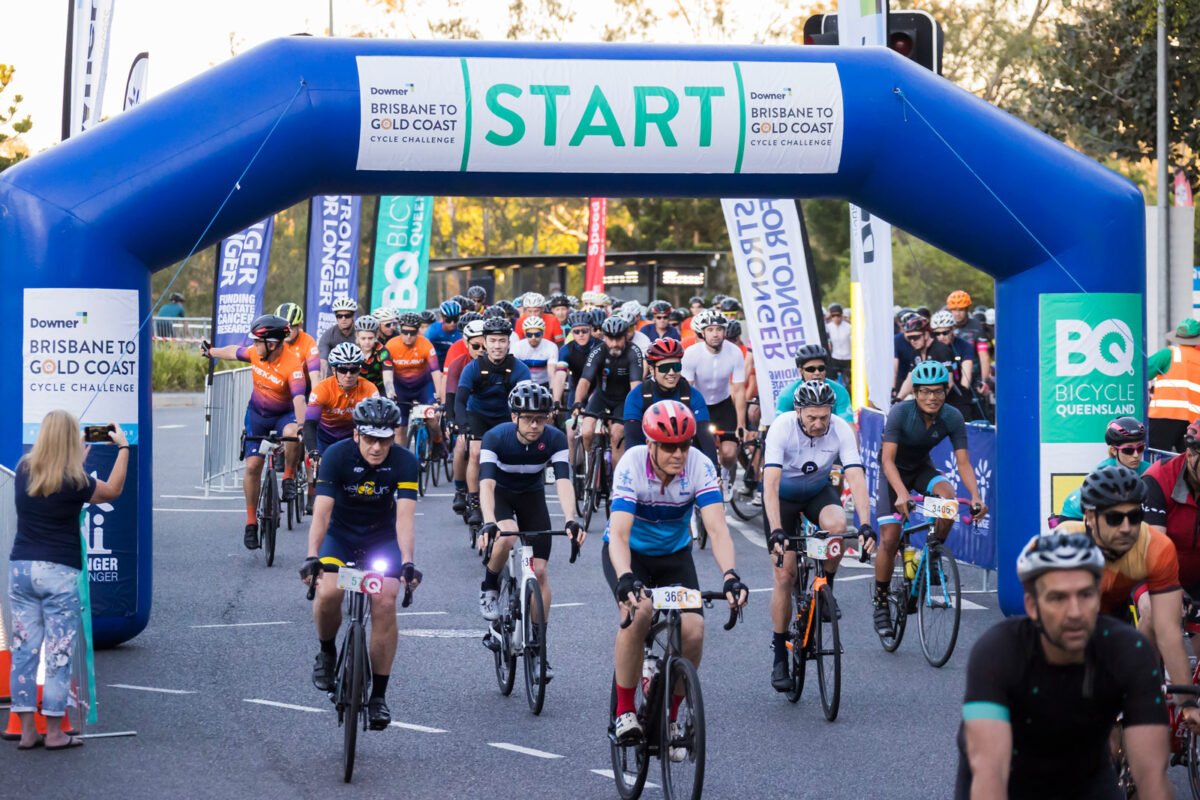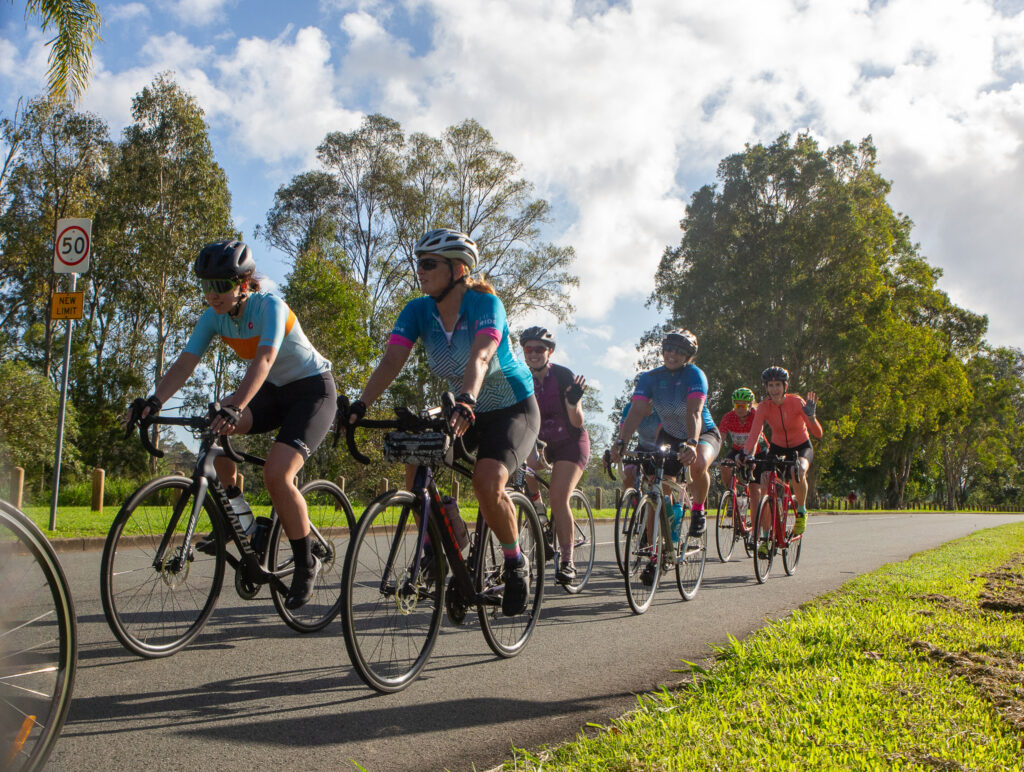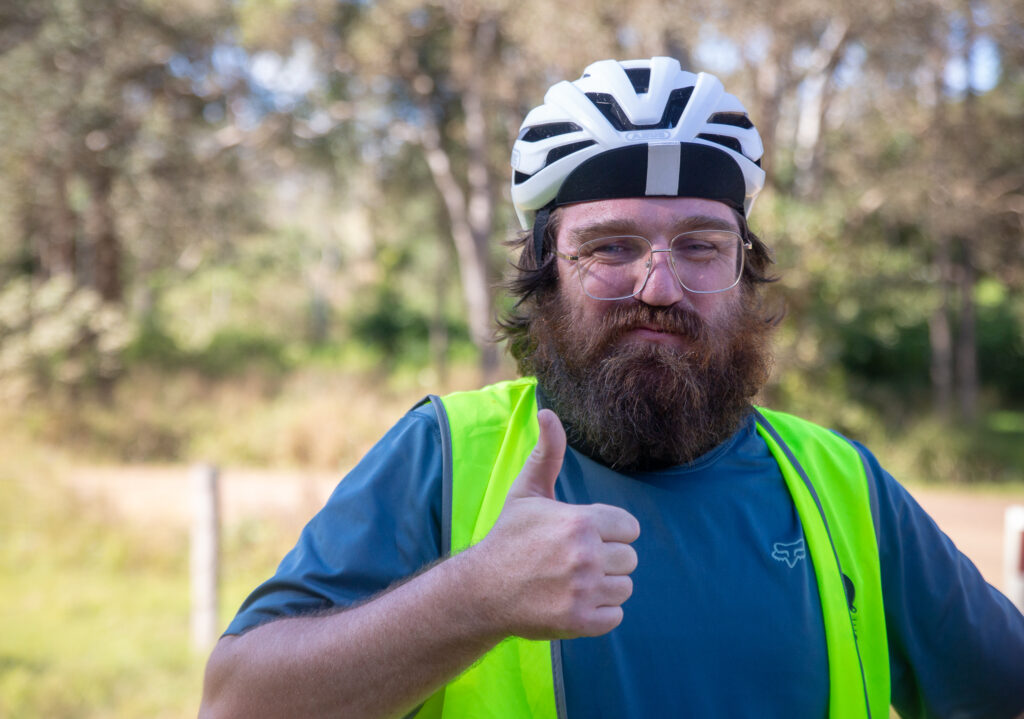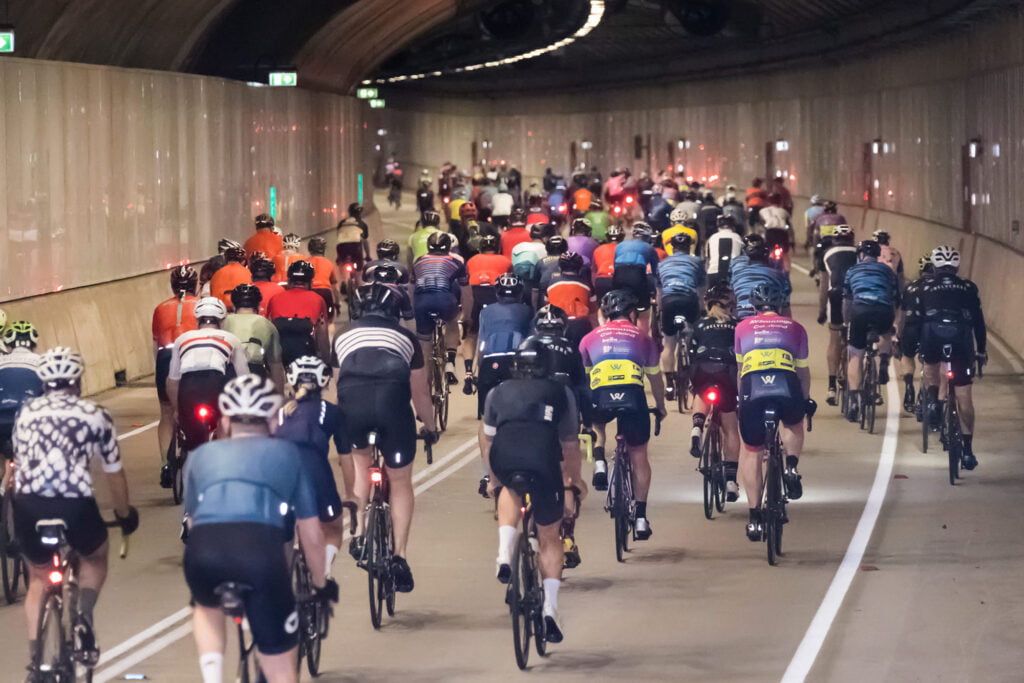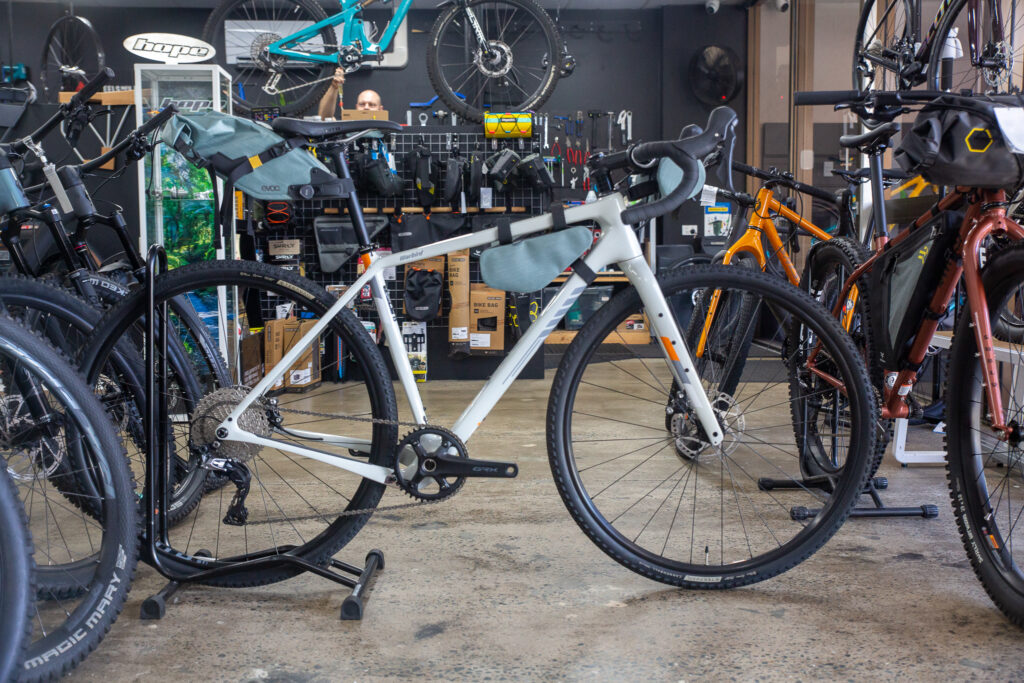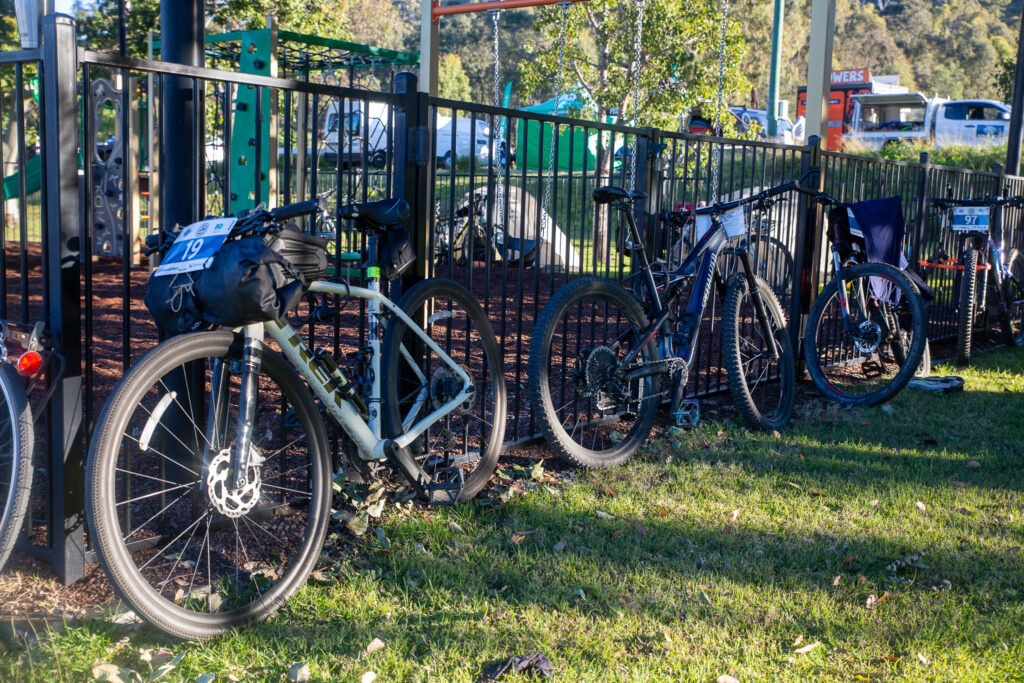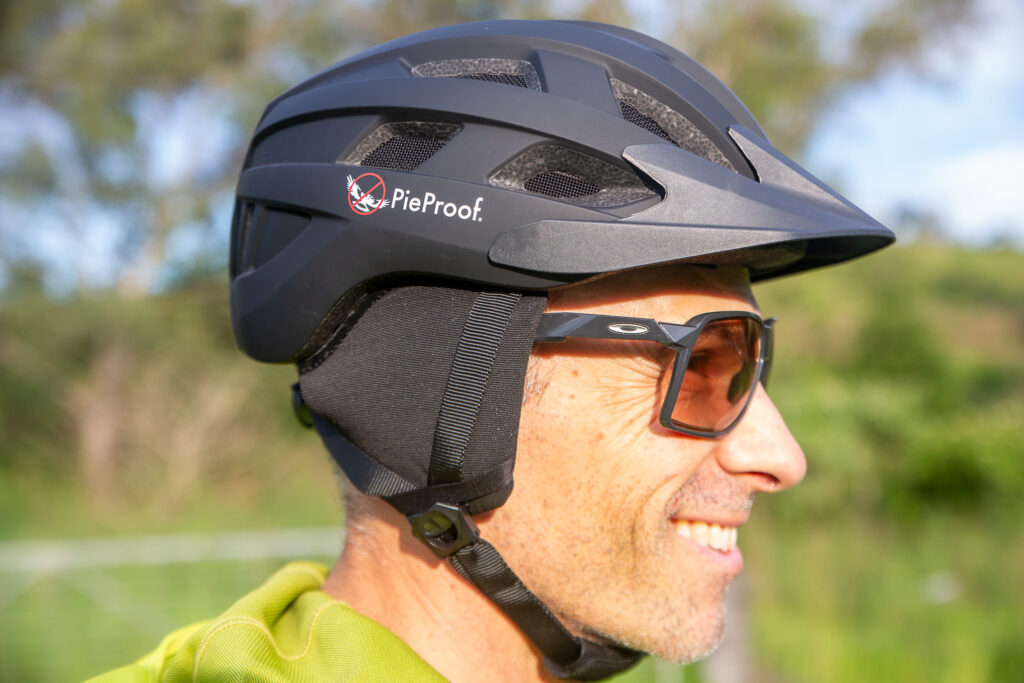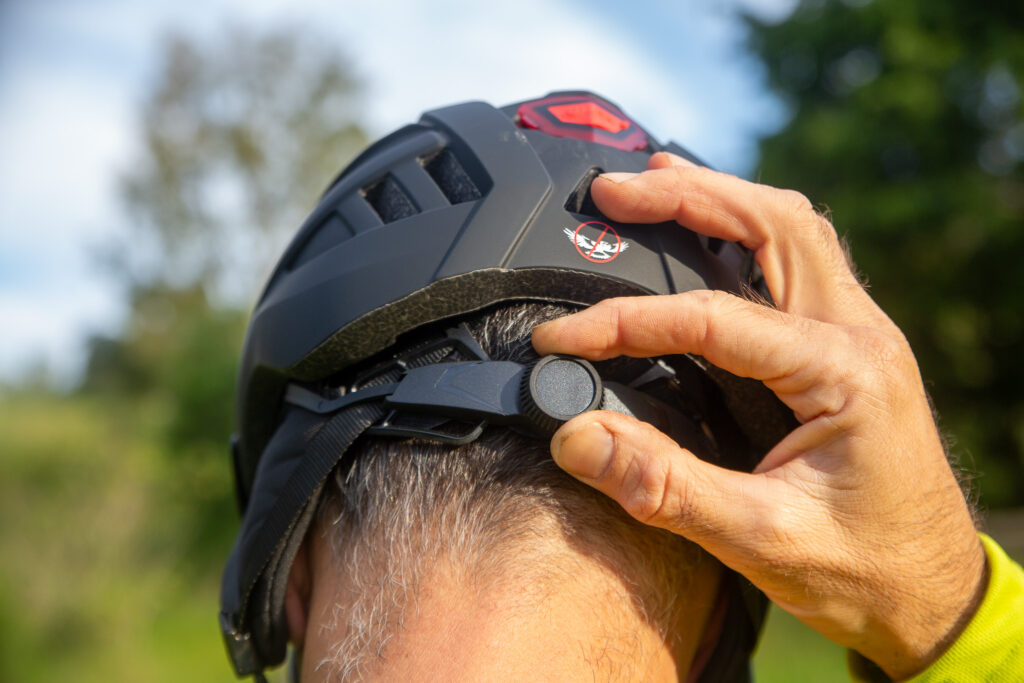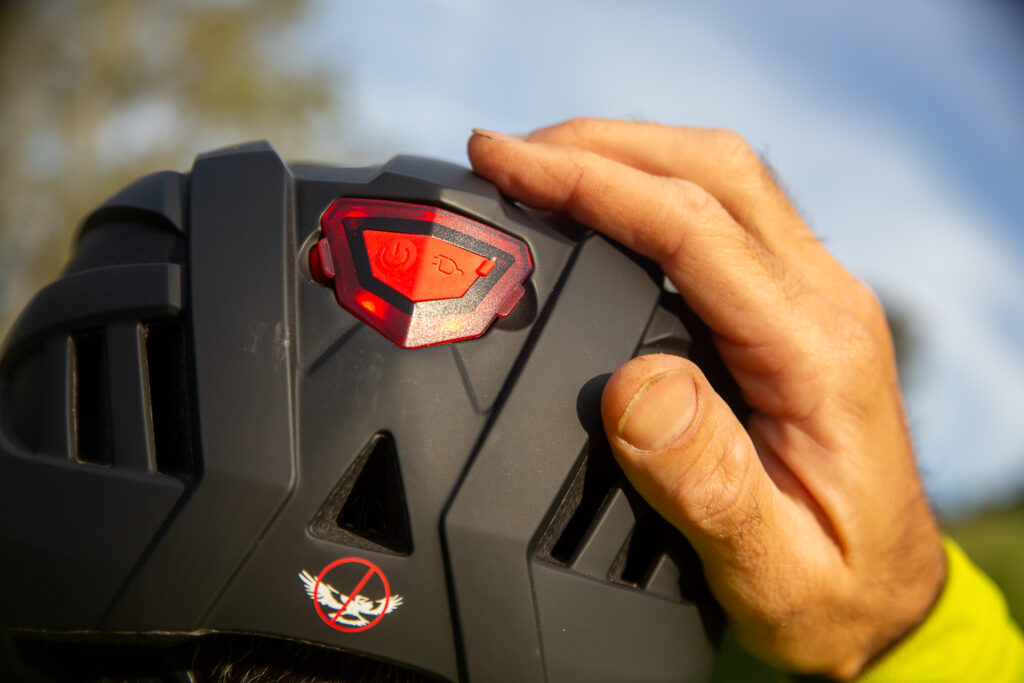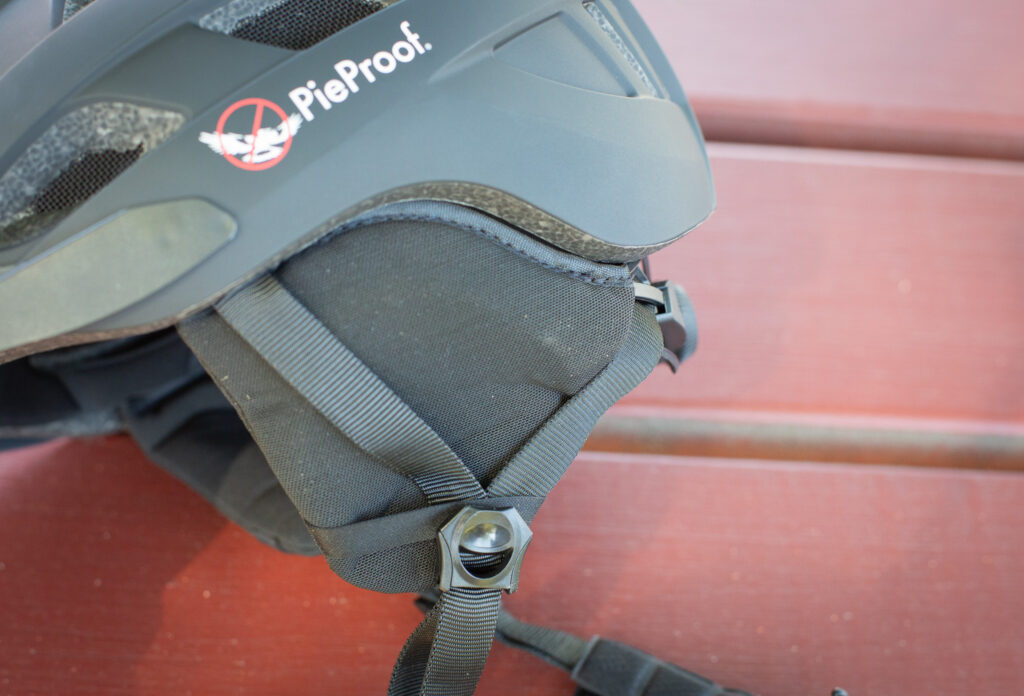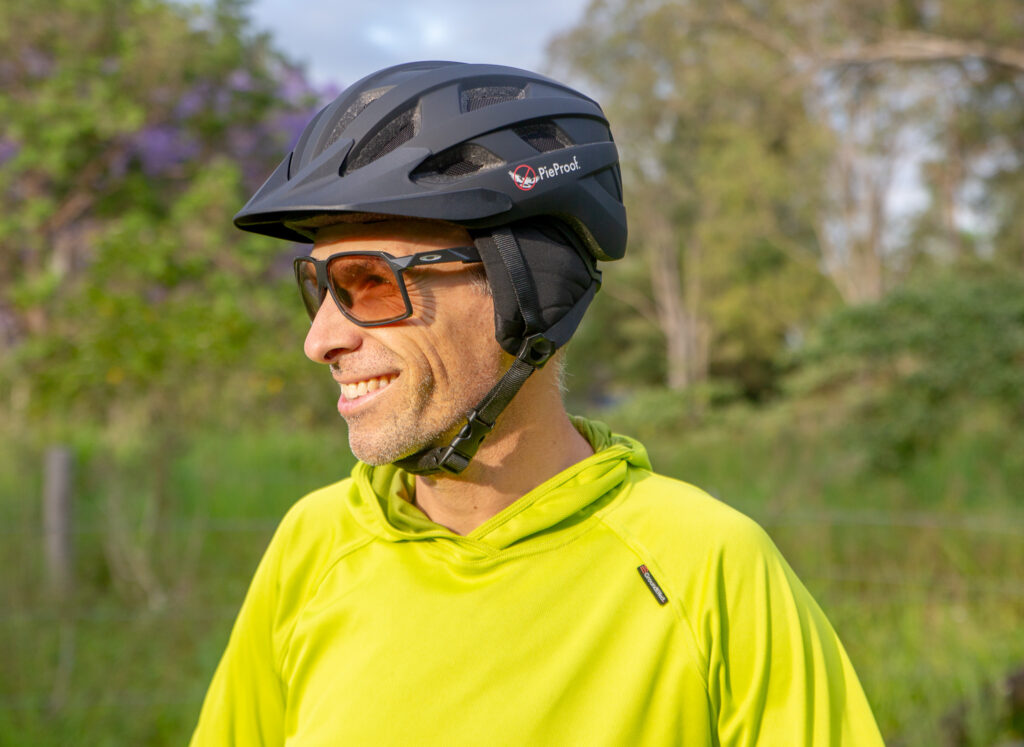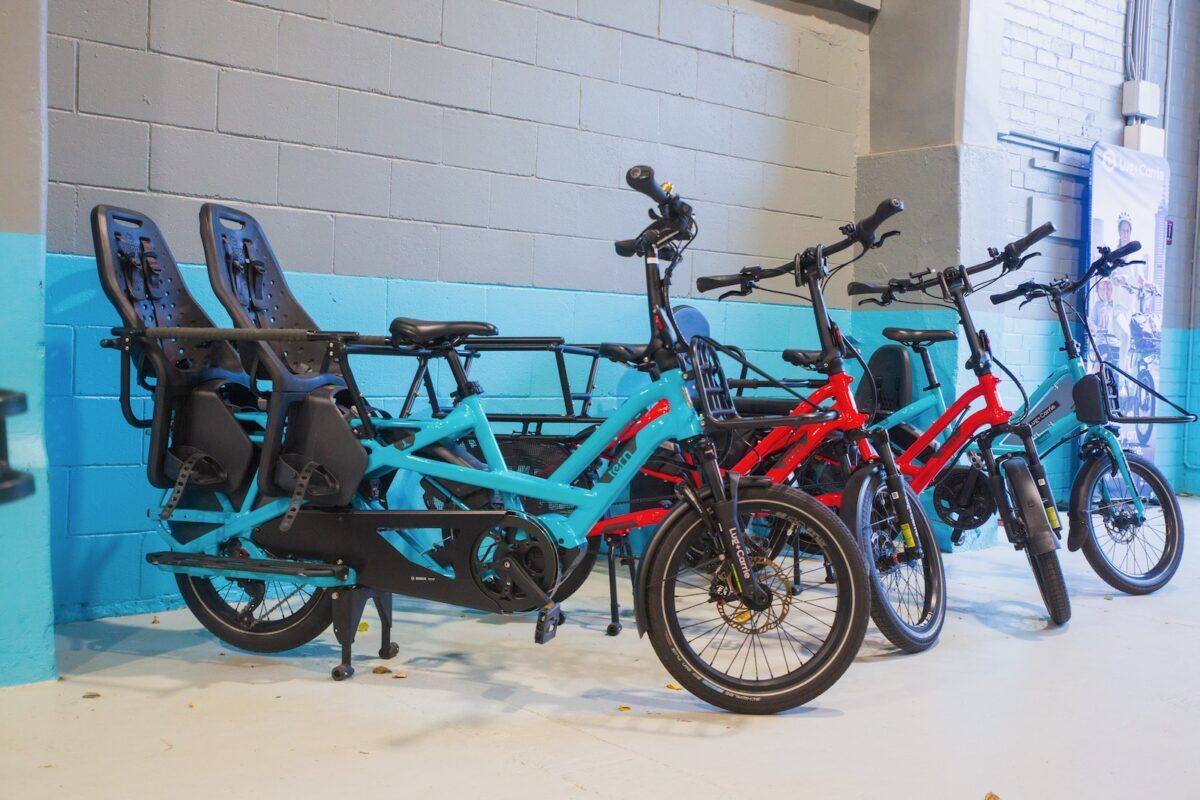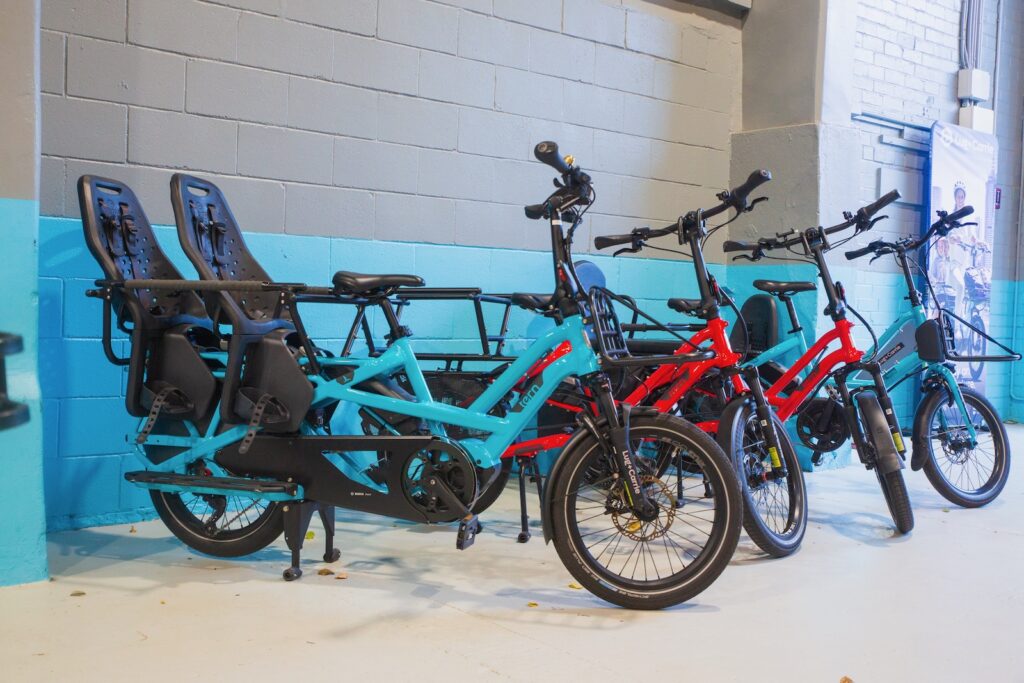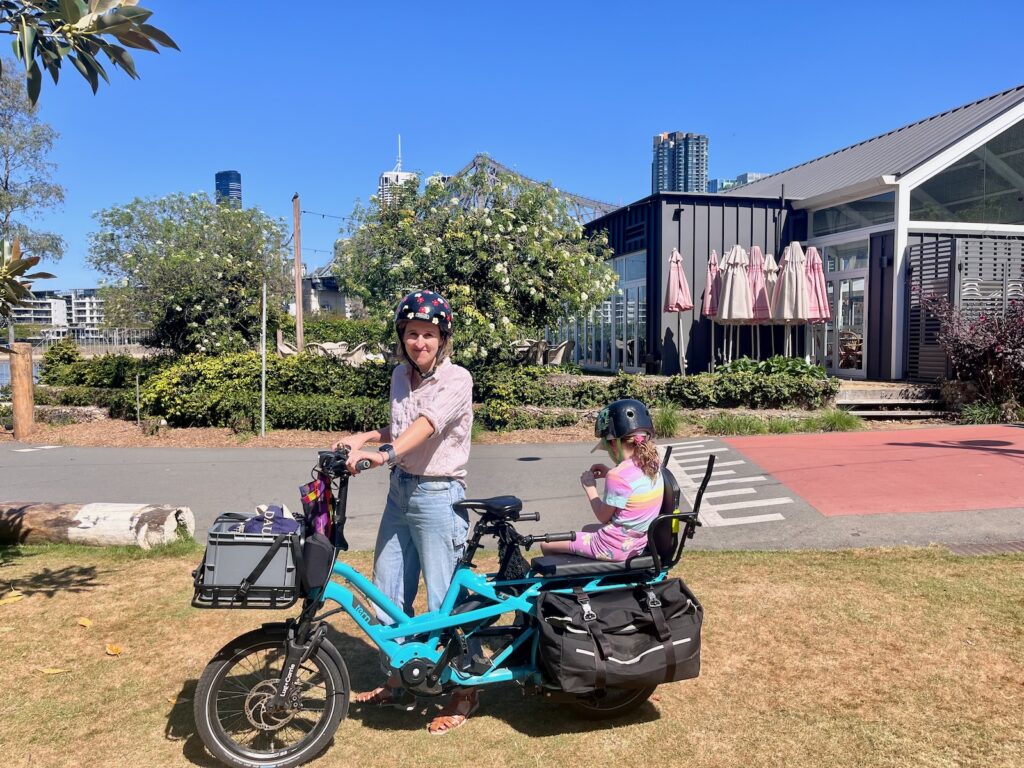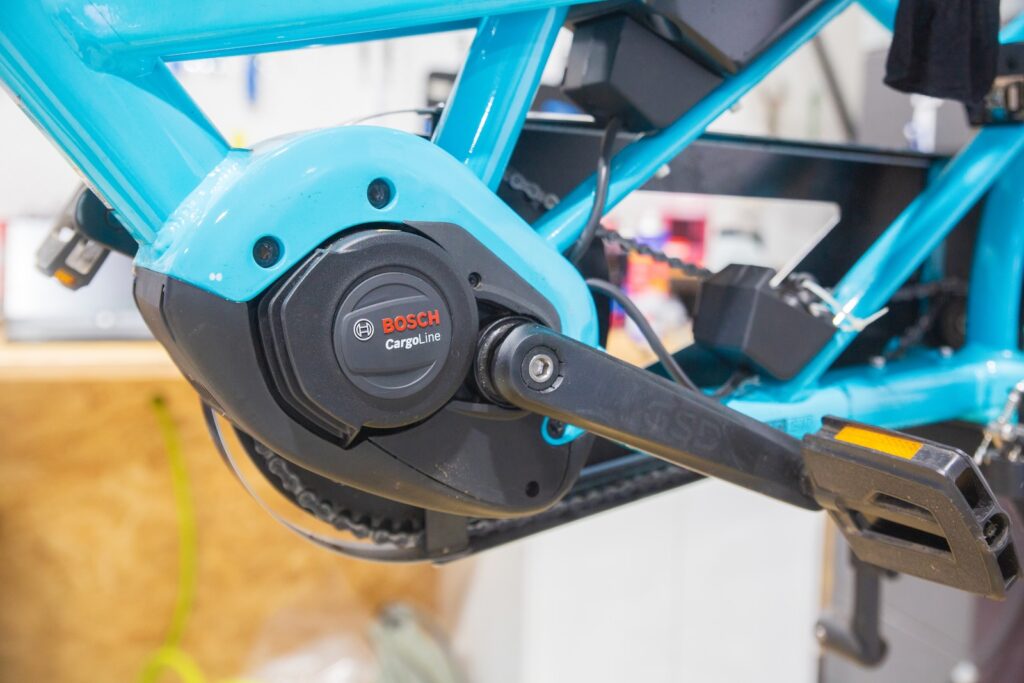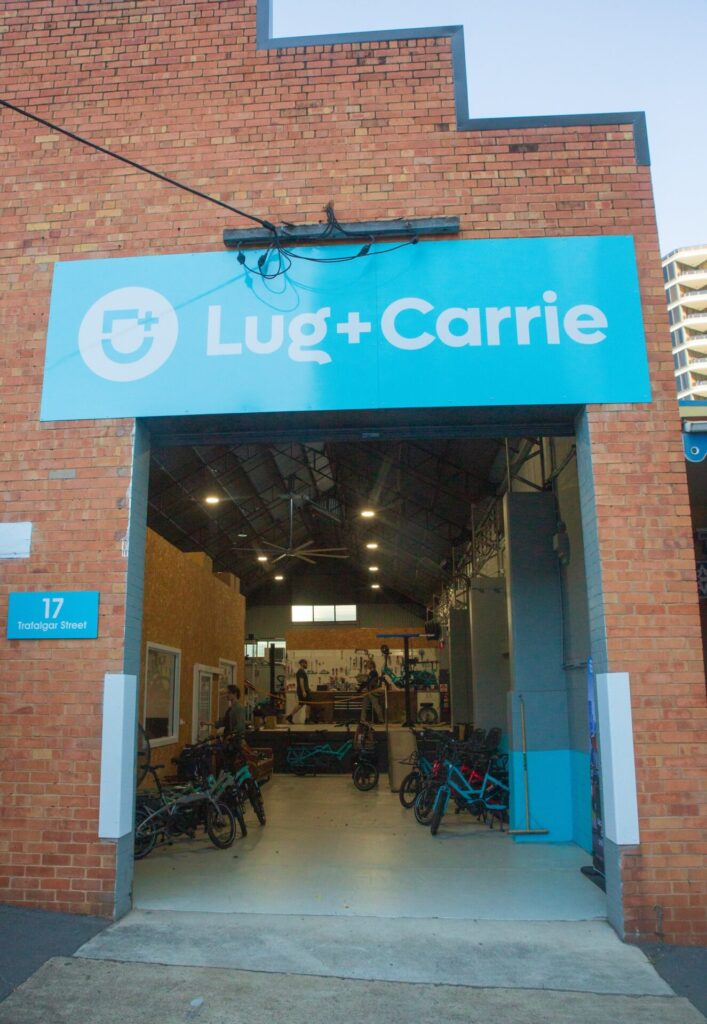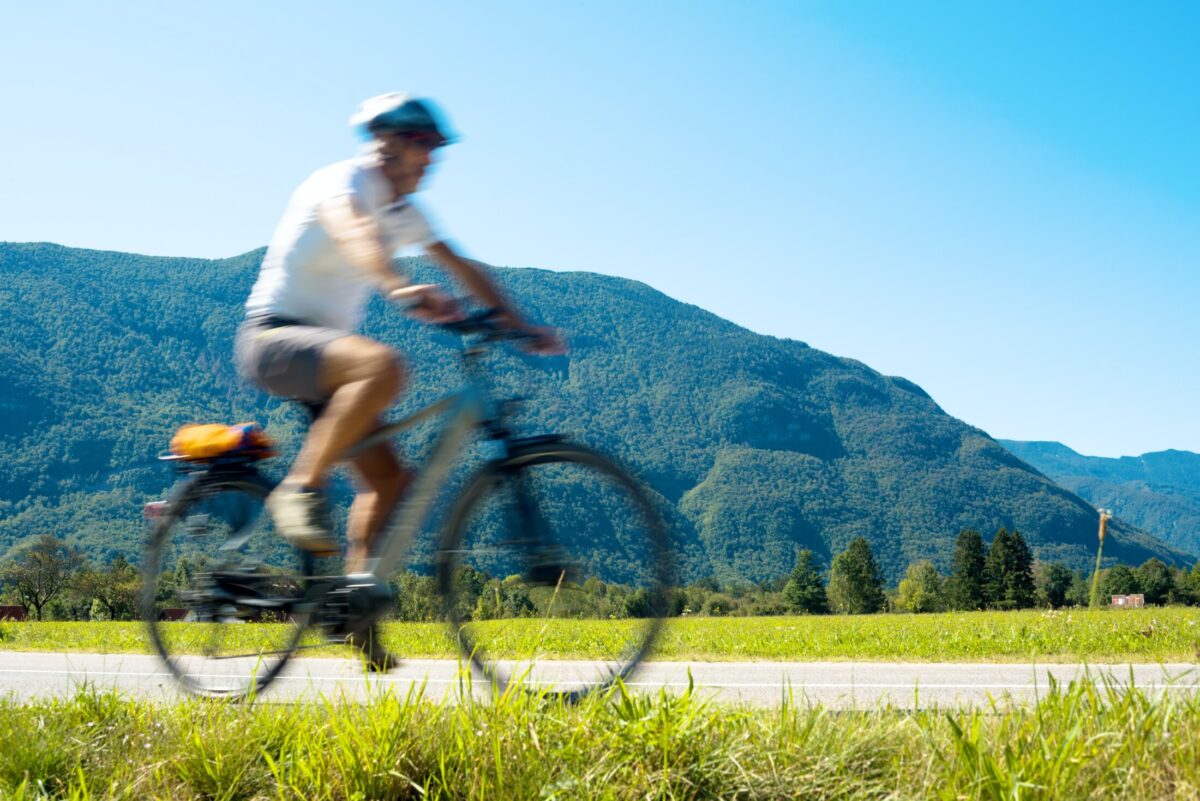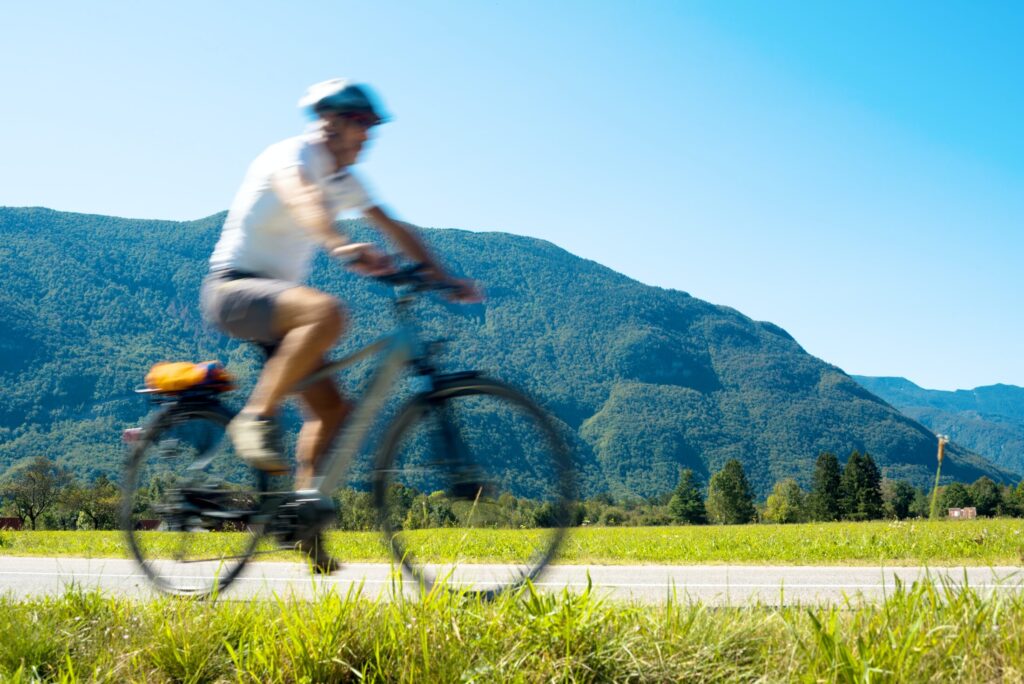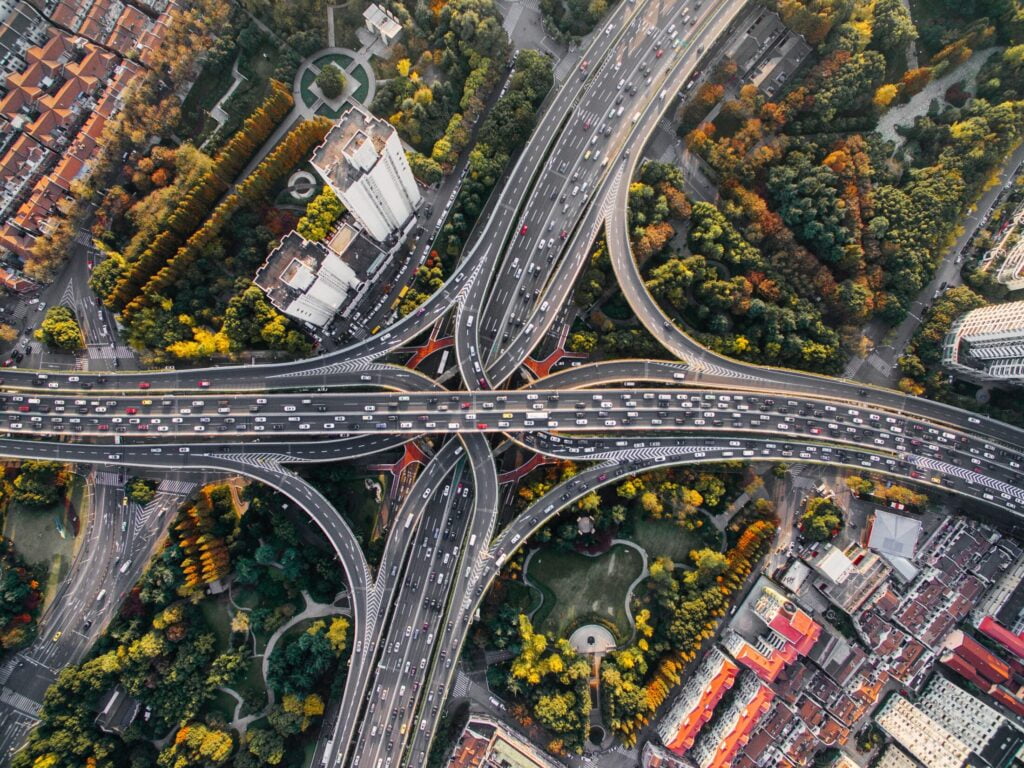By Andrew Demack
Roundabouts are one place in Australia’s road environment where the desire to enable the free flow of traffic comes into conflict with the safety of bike riders – and the consequences can be severe. The biggest problem is found in the Australian road rules about multi-lane roundabouts, and frankly it’s a minefield.
But before we dive into the deep and murky waters of the multi-lane roundabout, let’s start by considering the common single-lane roundabout. That should be easy enough, right?
The rules for bike riders and for motorists on single-lane roundabouts are the same:
• Give way to traffic that’s already on the roundabout
• Indicate your intentions as you enter the roundabout.
Giving way to traffic that’s already on the roundabout is simple, both for motorists and bike riders. But most motorists don’t understand indicating on roundabouts. In a January 2017 survey by the RACQ, 60 per cent of those surveyed did not know the correct signals when approaching and leaving a roundabout. (Hint: if you’re going left at a roundabout, you should indicate left. If you’re going right, indicate right! If going straight, no indication needed.)
Where should bike riders position themselves when approaching a roundabout?
The Australian road rules specifically allow bike riders to “take the lane” on the approach to a roundabout. You don’t have to, but for those riders assertive or confident enough to do so, riding in the middle of the lane removes the possibility of a car cutting you off with a left turn.
Most of us ride on the left edge of the road. But when it comes to a roundabout, this is the most vulnerable place to be, and the least safe.
Consider this possibility. If you are entering a roundabout to turn right, and you’re riding on the left edge of the traffic lane, you will have to cross two roundabout exits before you get to yours. And that’s two chances for a motorist to not see you.
“SMIDSY”, the driver will say, as a bystander dials 000.
So let’s look at multi-lane roundabouts. A bike rider in the typical left-edge-of-the-road position is in an even more vulnerable position on a multi-lane roundabout.
Why? Well, let me quote from the QLD Department for Transport and Main Roads web page on the subject: “At multi-lane roundabouts, motor vehicle drivers who want to turn right must enter the roundabout and turn from the right lane (unless signs or road markings indicate otherwise). However, when you are riding a bicycle, you may enter the roundabout and turn right from the left or right lane. If you choose to turn right from the left lane, you must give way to any motor vehicle that wants to leave the roundabout.”
Did you get that? A bike rider already riding around the roundabout has to give way to the traffic that is leaving the roundabout!
The Queensland Department of Transport and Main Roads tries to explain this incredible idea with the above diagram. See if you can follow it.
“Bicycle rider must give way to the red car that is exiting the roundabout. The driver of the blue car must give way to the bicycle rider ahead of them before exiting the roundabout.”

So to attempt a simplification: if you’re well ahead of a following car you’re fine to keep going around the roundabout, but if you and a car are level, then you have to slow down and let them exit.
Where does that leave you, the bike rider, who has now lost all momentum in the middle of a multi-lane roundabout? In a highly vulnerable position, that’s where.
A safer approach for a multi-lane roundabout may be difficult, and it can draw the ire of impatient motorists, but taking the lane, even the right lane, gives you the highest visibility and therefore the safest way to enter the roundabout. However this can be nearly impossible on a large-diameter roundabout, with traffic accelerating up to 60km/h.
TMR’s best attempt for this is as follows:
“It is important that all road users maintain a safe distance behind the vehicle in front to be able to stop safely, if necessary, to avoid a collision. If you choose to turn right from the left lane, you must give way to any motor vehicle that wants to leave the roundabout. If you are already on the roundabout and a motor vehicle is entering they should give way to you.”
Nice use of “should”!
